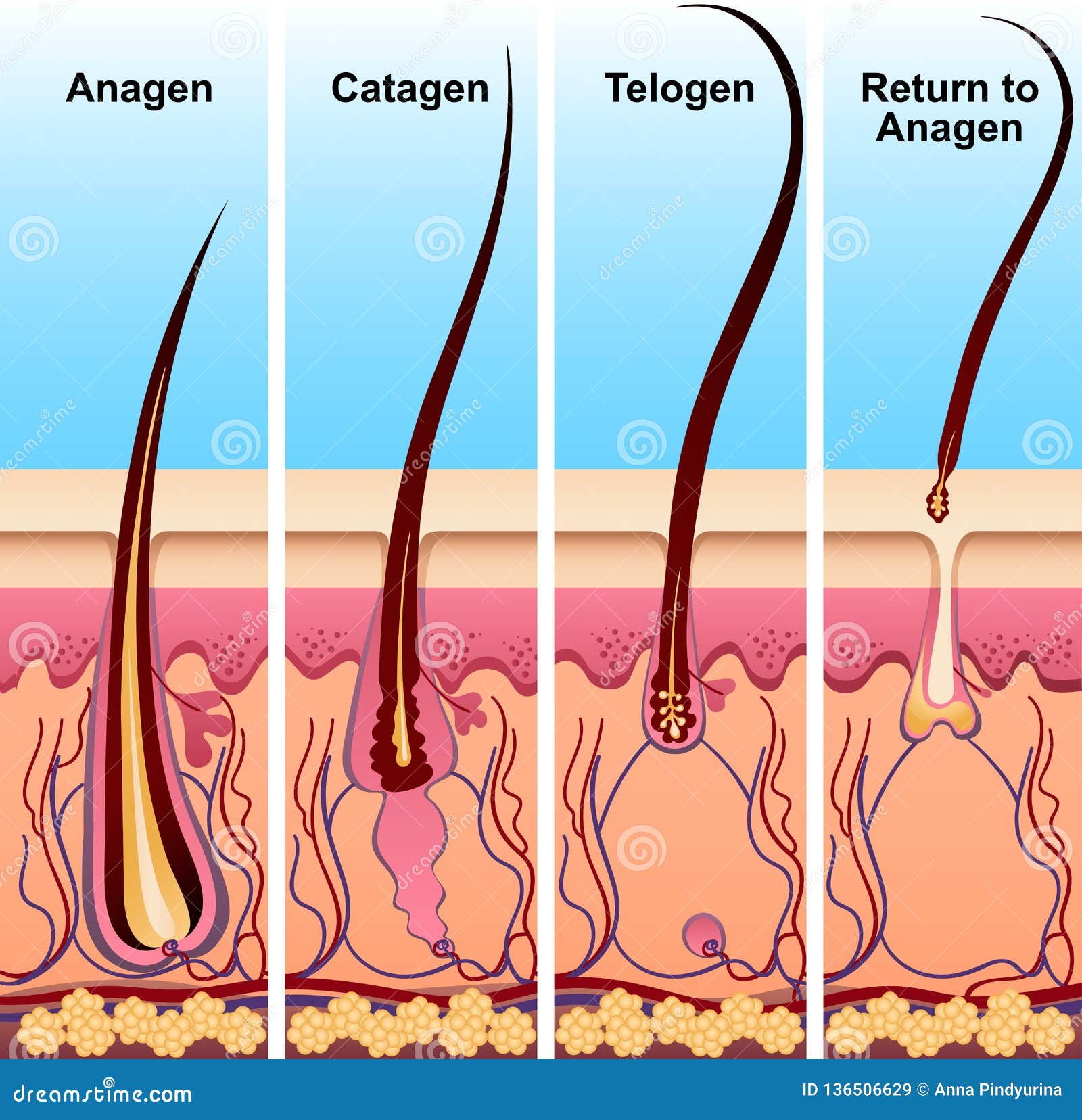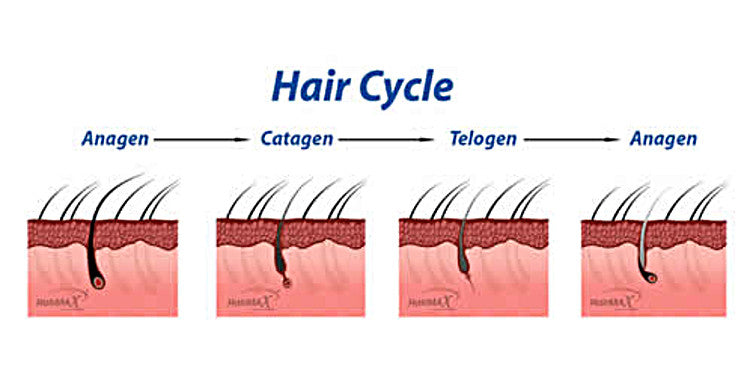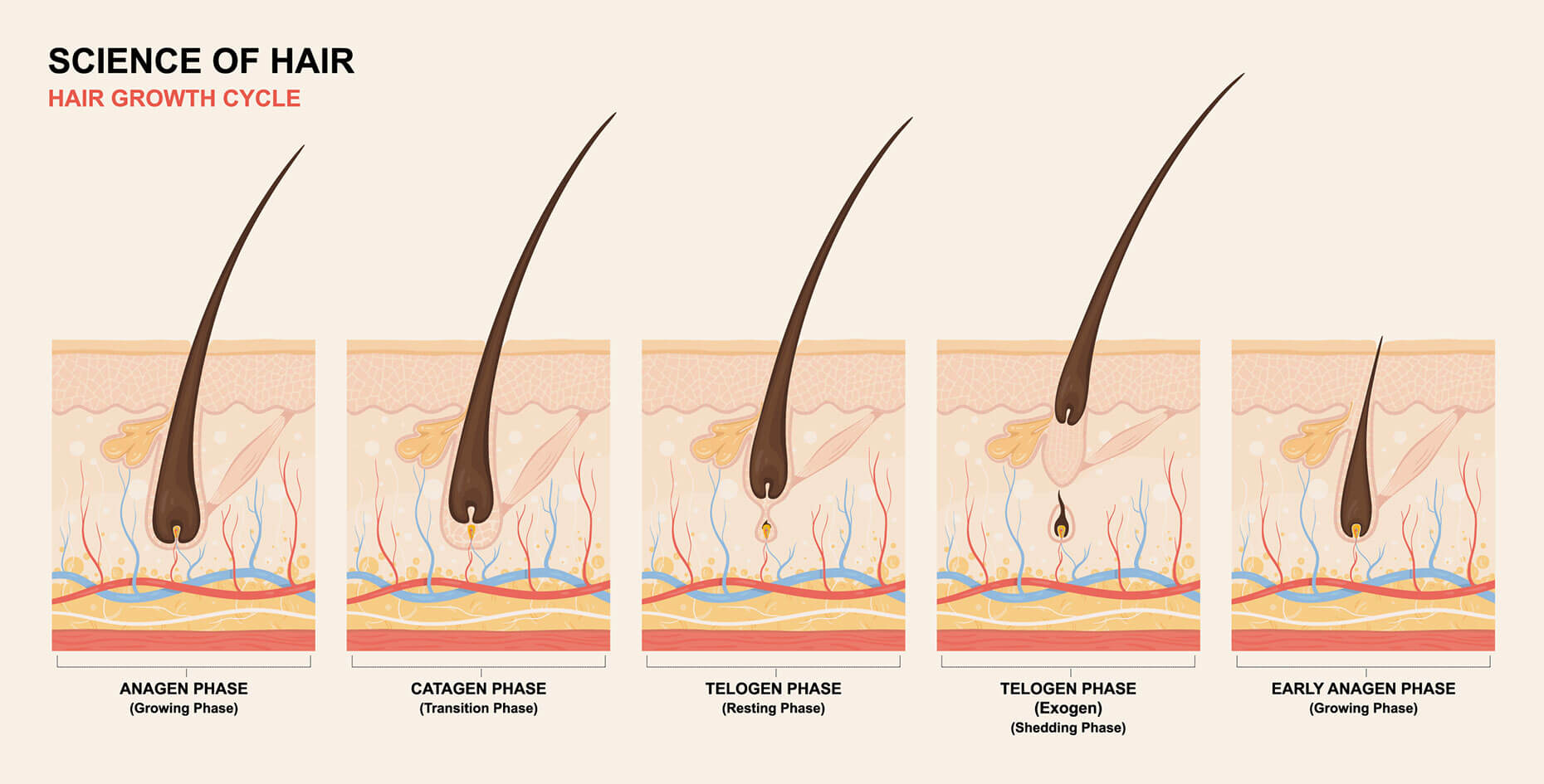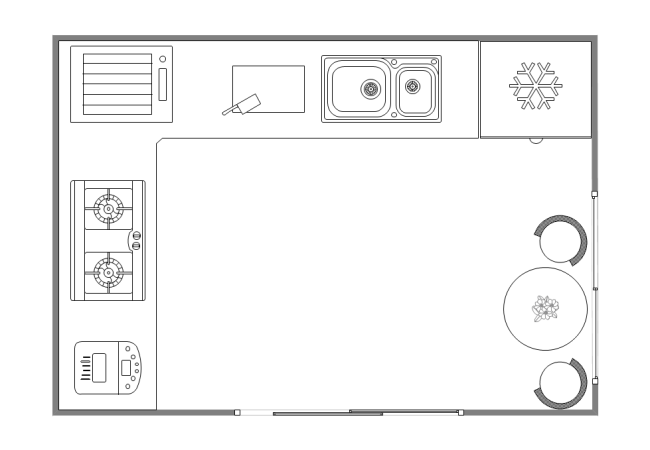Table Of Content

Any significant alteration to the normal growth cycle of a hair follicle may lead to a hair condition like alopecia areata or telogen effluvium. The hair follicles in your skin contain living cells to allow your hair to grow. The shaft—the part of the hair we see—is made up of dead cells and consists of three different layers. As a piece of hair grows, it goes through three phases before it sheds and a new one grows. The first phase, anagen, is the growth phase, which can last between two and six years.
Makeup & Skincare 2024
How to Grow Out Your Hair, According to the Experts - InStyle
How to Grow Out Your Hair, According to the Experts.
Posted: Thu, 28 Sep 2023 07:00:00 GMT [source]
But baldness can also be permanent – one typical example is gradual hair loss in men (male pattern hair loss). The anagen phase is the longest phase of the hair growth cycle, lasting between 3 and 5 years for scalp hair, though some people’s hair remains in this phase for 7 years or more. During this phase, hair follicles push out hairs that continue to grow until they’re cut or until they reach the end of their lifespan and fall out. Approximately 90 percent of the hair on a person’s head is in the anagen phase at any given time. Also known as the resting phase, there is no active hair growth during the telogen stage, allowing hair follicles to rest and prepare for the next growth cycle.
How to Find Infallible Foundation Shades That Match Your Skin Tone
In most cases, if hair growth issues are identified early and treated (if necessary), normal hair growth can resume. We don’t need to tell you that it’s a long time for your hair to grow. But if our hair grows back that frequently, how can we explain things like hair loss and male pattern baldness? Do you worry every time you see a clump of hair on your shower floor or hairbrush? While it may be alarming, this seemingly sudden hair loss isn’t necessarily a cause for concern. Hair shedding is a healthy and normal part of the hair growth cycle.
What are the stages of the hair growth cycle?
At the bottom of the follicle, a piece of tissue called the papilla contains tiny blood vessels (capillaries). The follicle also contains the germinal matrix, where cells produce new hairs. This article will go over what happens during the telogen phase of the hair cycle.
At the base of the hair, the hair root widens to a round hair bulb. The hair papilla, which supplies the hair root with blood, is found inside the bottom of the hair bulb. New hair cells are constantly being made in the hair bulb, close to the papilla. This mask has collected accolades left and right since its debut. The Deep Conditioning Mask has become a must-have for anyone whose strands are suffering from one too many chemical treatments or heat styling sessions. Just one use a week is enough to ward away breakage while you grow out your tresses.
At puberty, terminal hair appears in the secondary sexual areas, commencing at the pubic region where it is pigmented and becomes coarser. These programmed changes occur due to androgenic stimulation in both males and females. Many men at some time after puberty suffer scalp follicular regression with a temporal hairline recession and the familiar bald patch at the posterior vertex. These often coalesce to produce MPA (male pattern baldness – androgenetic alopecia).
Different Types of Telogen Effluvium
Androgenetic alopecia is the most common type of alopecia, affecting both men and women. This condition is often called male pattern baldness, and for women, female pattern baldness. Hair fall, also known as hair shedding, refers to the average amount of hair you lose daily. The anagen phase for eyebrows, eyelashes, and other hair on your body is much shorter than the phase for the hair on your scalp. These hairs, also known as terminal hair, are usually more coarse than those on your head. Active growth lasts for two to seven years, depending on the individual.
Revealing novel insights on how oral supplementation with collagen peptides may prevent hair loss: Lessons from the ... - ScienceDirect.com
Revealing novel insights on how oral supplementation with collagen peptides may prevent hair loss: Lessons from the ....
Posted: Sat, 16 Mar 2024 12:44:55 GMT [source]
Catagen Phase
This usually lasts for around three to six months, and an estimated 10 to 15% of hairs are in this resting phase. The exogen stage is the final stage of the hair growth cycle, where hair strands are naturally shed from the scalp. During this phase, old hairs that have completed their life cycle are pushed out by new hair growth. This process typically lasts two to five months, and losing around 50 to 100 hairs per day is expected. The phases of the hair growth cycle have been extensively studied, and each of the steps follows its own timeline. Every stage depends on the next to produce healthy hair growth and hair shedding cycles.

Hair loss, hair thinning and problems with hair growth may occur when your growth cycle is disrupted. This can be triggered by conditions such as metabolic imbalances, illness or improper nutrition. The shaft is the visible part of the hair that sticks out of the skin. The hair root is in the skin and extends down to the deeper layers of the skin.
It functions as the attachment site for small muscles that control piloerection (how hairs stand-up in response to stimuli) and oil-producing glands (Brown & Krishnamurthy, 2021). A common hair disorder that disrupts the hair growth cycle is telogen effluvium (TE), which occurs when a large number of hair follicles enter the telogen phase at the same time, leading to excessive shedding. While the average person loses around 100 hairs daily, someone with this condition could shed approximately 300! The result is usually thin-looking hair, hair loss or balding in patches. As you might have guessed, all hair growth cycles are not created equal.
This is the transitional phase of the hair follicle, from growth to rest. The strands detach from the dermal papilla, decreasing the blood supply and the hair strand’s access to nourishment. Stage one of the hair growth cycle is the growth stage, called the anagen phase.
It protects your skin and traps particles like dust around your eyes and ears. If your hair gets damaged, it can renew itself without scarring. The hair matrix cells require vitamins like iron, zinc, and B-complex to multiply rapidly during anagen. Pop a supplement if daily meals lack enough nutrient diversity for optimal growth. Telogen acts as a crucial reset button allowing cells a reprieve to renew themselves before starting over. Around 10-15% of hair is teetering in telogen at any time before new anagen kicks in.
Mens’ hair begins to recede at the hairline, or develop a patch in the back. Women’s hair also thins, but it’s more of an all-over kind of thinning. When women have a receding hairline it’s referred to as frontal fibrosing alopecia. Your hair is constantly growing during the anagen phase, at the average rate of ½ inch per month. The length of your anagen phase determines the maximum length of your hair.










